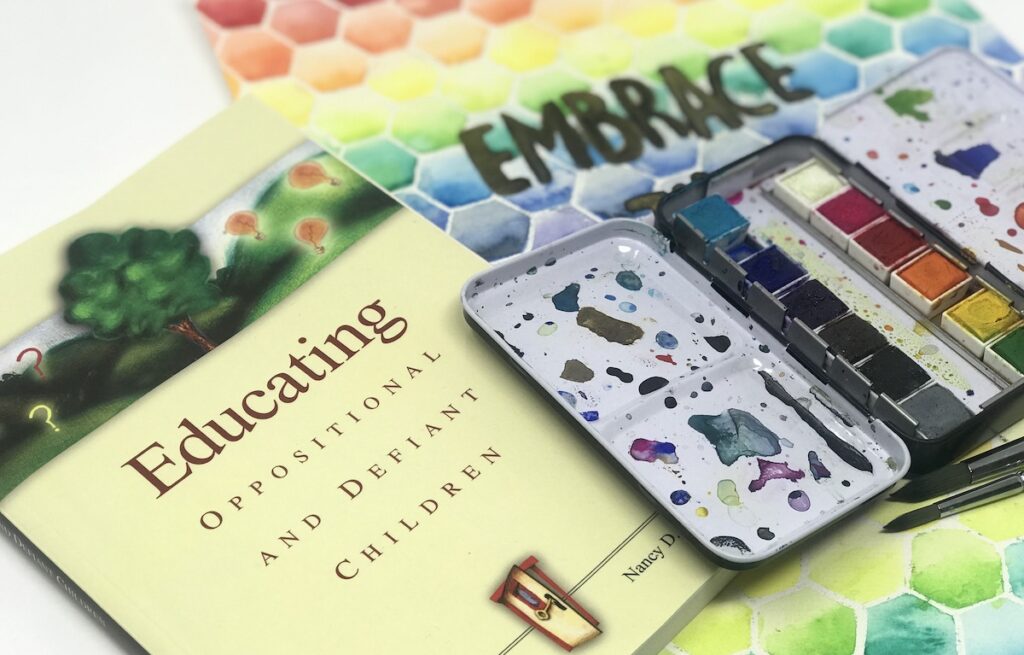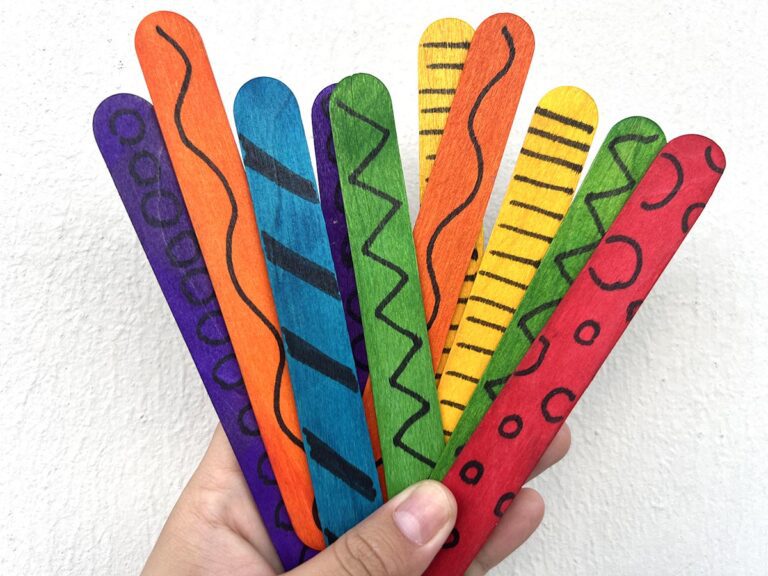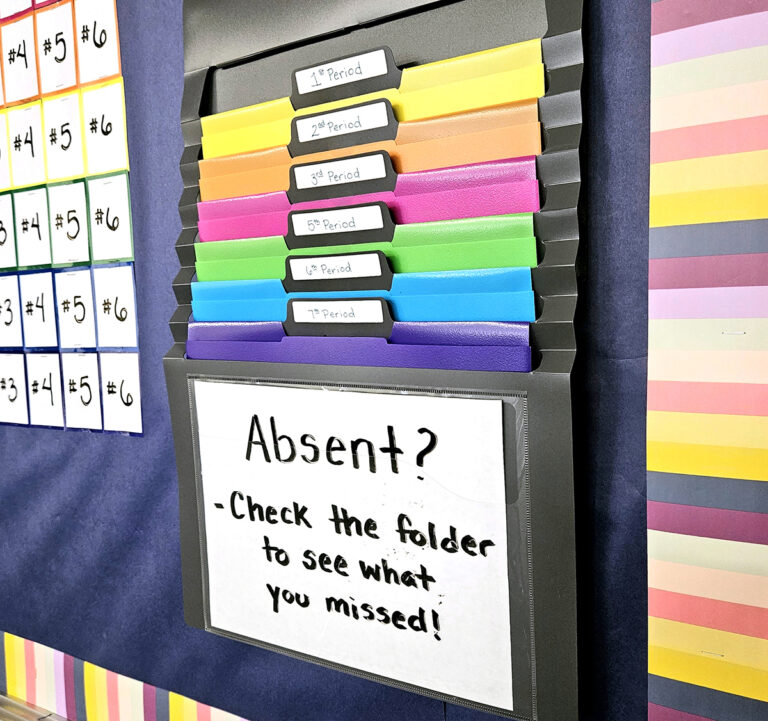Have you ever had a student deliberately disobey a simple instruction? It may start with something as simple as asking your student to put a marker away or to put their hood down. When asked, they might roll their eyes and not do it. You might ask again, and they begrudgingly comply. However, this isn’t always the case. Some students might intentionally refuse to complete a simple task. This is called defiance, which can undoubtedly disrupt the learning environment. Any student may refuse to cooperate at times, but handling students who show defiant behavior requires a teacher to have a plan.
Understanding Defiant Behavior
Some of the noncompliant students in your classroom might have a behavior disorder called oppositional defiant disorder (ODD). Researchers suggest that ODD affects approximately 3.3% of the population. All children and teens will be difficult and challenging at times, but according to the Mayo Clinic, those with ODD show, “frequent and persistent pattern[s] of anger, irritability, arguing, defiance or vindictiveness toward you and other authority figures.” In the case of a student who has been diagnosed with ODD, they may be placed on an IEP if the ODD is linked to a learning disability. However, this is not always the case, which is why teachers need to know how to react and support their students.

Even if a student is not diagnosed with ODD, they can exhibit oppositional-defiant behaviors which will lead to challenges in the classroom. These students can be described as not respecting others’ property, threatening the safety of others, and refusing to follow instructions. When a teacher sets limits, a student chooses to rebel and create havoc for an entire class. Other behaviors shown by students might be swearing at a teacher, throwing chairs, or running out of the classroom. Understanding the reason behind defiant behaviors can be difficult. According to the Responsive Classroom, “When students are defiant, their goal is not to annoy, disrespect, or frustrate us. Rather, their goal often is to feel significant.” As educators, we must support all of our students, but how do we do this without further disrupting the learning environment? The key is not to lose control.
5 Ways to Avoid a Power Struggle
When a conflict with a student arises, they often lose control of their emotions, which can result in the teacher doing the same. At this point, the student will feel as if they’re in control, and the dreadful power struggle will ensue. No one wins a power struggle, but there are ways to avoid it. Don’t let the student control the interaction by enlisting one of these strategies.
1. Stay Calm
When a conflict with a defiant student occurs, it’s okay to feel angry. However, it is not okay to show that anger. Instead, try to remain calm. Do not yell or scream, no matter how much you want to. If an educator does not stay calm, this can escalate the student behavior even more as the student becomes amused and sees the teacher getting upset. Reacting without an emotional response will help work toward calming the situation. If you can’t stay calm, walk away physically and mentally from the situation.
2. Build a Positive Student-Teacher Relationship
The best classroom management strategy is to like your students. This is a choice; you can choose to see the best in your students. As teachers, building student relationships is at the root of what we do. It’s easier to make connections with some students than others, but our students who exhibit defiant behavior need us the most. Relationship building will take time and can be tough, but start by not having preconceived notions about a student. We might develop misinformed ideas based on what we hear from other teachers. Stop listening to the opinions of others, and start building a relationship from your own experience with a student.

Because students who are showing defiant behavior might be acting out to feel significant, listening to your students can show you care. Listening allows teachers to get a feeling for what students are dealing with and is one of the most critical components in building strong relationships. To build trust, which increases learning, there must be honesty. Students will trust others who are honest.
3. Reinforce Positive Behavior
All students need to hear feedback on when they are progressing and doing well. This is especially important for students who have defiant tendencies. To build rapport with your students, make a special effort to compliment a student’s success no matter how big or small. Reinforce positive behaviors by privately telling your students you noticed what they were doing. This way, you are not comparing them to their classmates, but giving them specific, meaningful feedback.
4. Choose Your Words Carefully
It’s essential to correct behavior when a situation arises, but what we choose to say can greatly impact how our students react. Instead of saying, “I need you to sit down and work on your project now, or you’re going to the office” a response like, “Let’s go ahead and sit down and get to work, it’s important that your project is done so you can participate in next week’s basketball game.” In the second example, you have described the behavior problem, stated how to solve the problem, and expressed why it’s important with specific affirmation and praise.

5. Be a Second to Last Word Teacher
You might be thinking, WHAT?! Well, when it comes to power struggles, typically the last thing said is where the struggle ensues. Brian Mendler exhibits how to be a second to last word teacher in this video clip. At the root of a power struggle, a student doesn’t want to look bad in front of their peers, and the teacher doesn’t want to look bad in front of their class. We can dissolve this by calmly asking your students what you need them to do, saying thanks, and walking away from the situation. The last word your students will hear is “thanks,” they might still be angry, but it will be easier to move on.
There will always be defiant students in our classrooms, which is why it is so important to have a plan in place. These five tips are simple but not novel ideas. What is important is that we remember to use them not to escalate a situation further. Keeping your cool and implementing these steps can go a long way toward heading off defiant behavior before it takes a toll on your learning environment.
How do you deal with defiant students in your classroom?
What’s your best tip when dealing with a power struggle?
Magazine articles and podcasts are opinions of professional education contributors and do not necessarily represent the position of the Art of Education University (AOEU) or its academic offerings. Contributors use terms in the way they are most often talked about in the scope of their educational experiences.





